a
a
a
a
*
3.
Fun, backed up with structures:
Qian Sun reflects on Paul Rand’s legacy
One of the world’s most renowned graphic designers and the TDC medalist of 1984, Paul Rand believed that everything is design, and that design in turn serves as a timeless universal language through its simplicity and geometrical nature.
Armed with these ideas, he reached out to the next generation of designers, showing them the importance of natural simplicity, the advantages of a good giggle, and the power of competent presentation.
China-born and New York-based graphic designer Qian Sun celebrates Paul Rand’s impact and practices his ideas while working on branding, environmental design and illustration. In 2017 the Type Directors Club awarded her a Certificate of Typographic Excellence for her personal exhibition ‘Architype’, which reveals the stories behind iconic New York buildings through typography.
Qian is an active member of TDC and a vital part of the evolving local design community. In this piece, Qian reveals how Paul Rand influenced her vision, style and approach to work.
(1914–1996)
a 20th-century American graphic designer and art director especially famous for his corporate visual identities for IBM, ABC and UPS.
Rand started his career with editorial designs, magazine covers and advertising, highly influenced by the German Bauhaus, De Stijl and Constructivism movements. As his style evolved and his recognition grew, the master turned to corporate brandings, lecturing and writing.
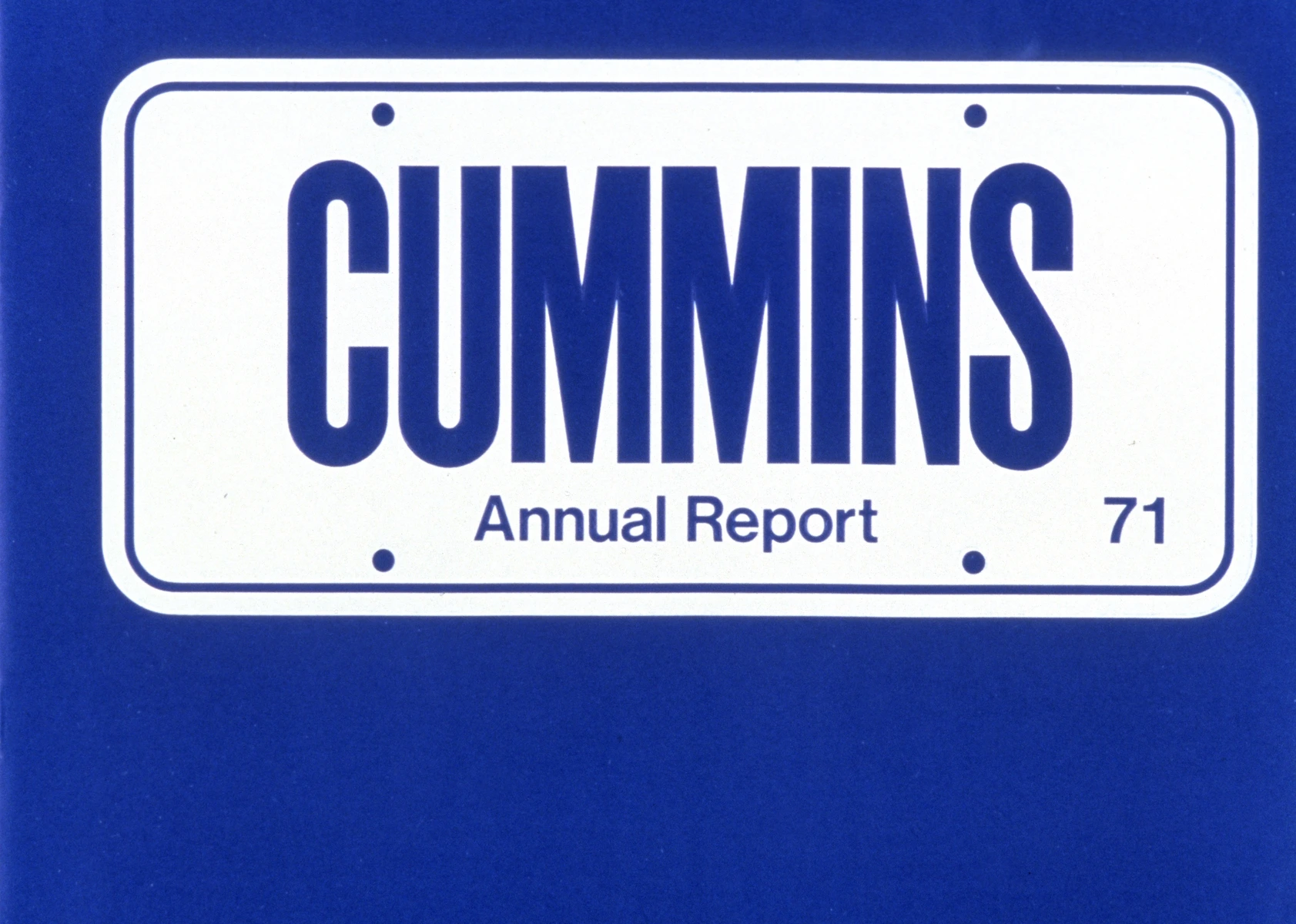
Paul Rand’s annual report for Cummins, 1971. © Type Directors Club.
Deliberate fun
Paul Rand was great at squeezing playfulness into more serious things. His works are very practical and business-oriented, but at the same time are playful and full of surprising elements. Why can’t we have a little bit of fun in design, if it’s backed up with structures and systems? While working with IBM on the environmental graphics for the ‘Think’ conferences in 2018 and 2021, I caught myself admiring how great the IBM logo is and how perfectly it still works. It’s simple, bold and fun—something you don't see a lot in the corporate world. The variation with the eye, bee and ‘M’ is my absolute favorite and it’s on the only logo t-shirt I wear.
Printing production for IBM. © Type Directors Club.

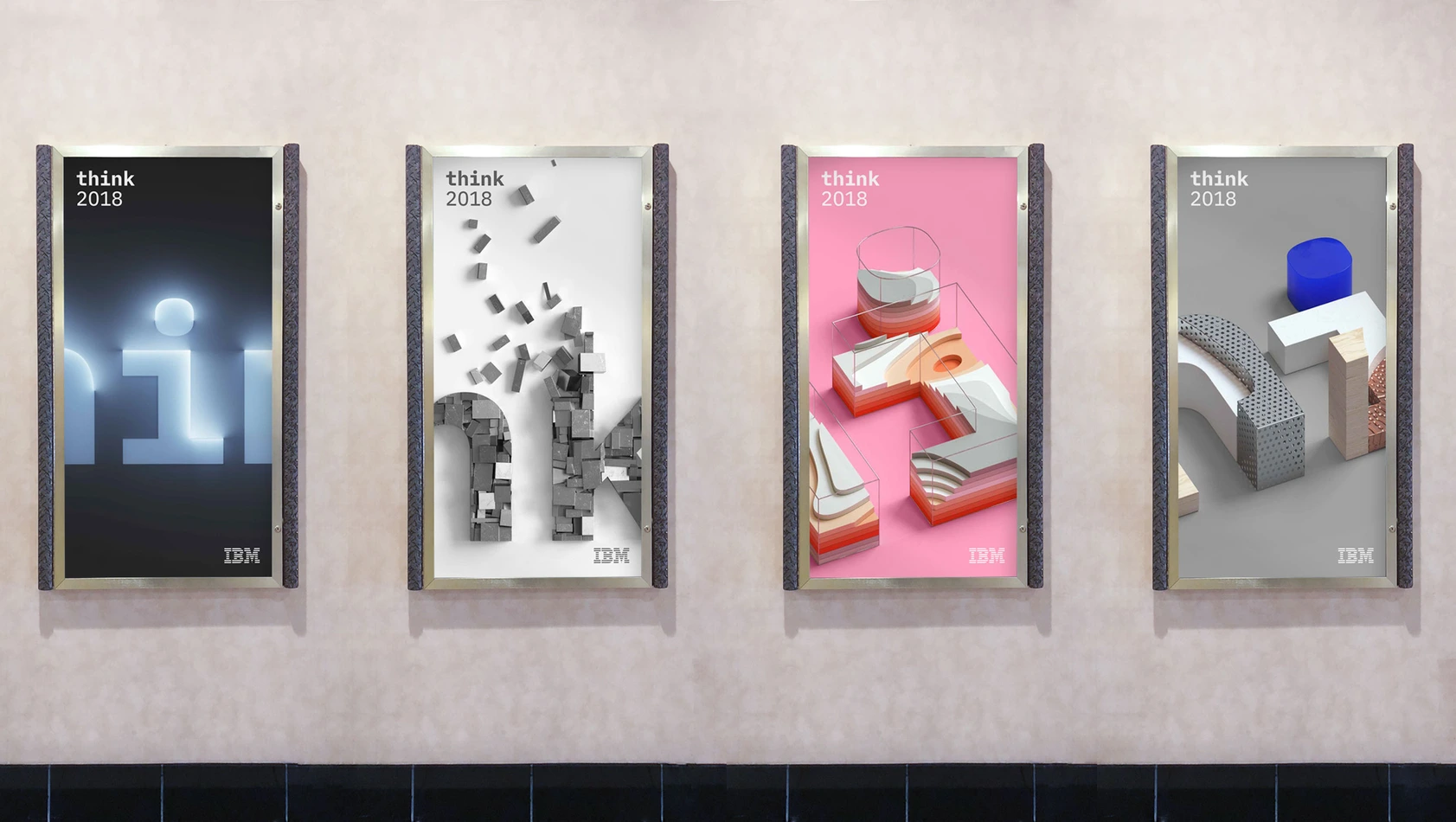
Qian Sun’s environmental graphics for the ‘Think’ conference in 2018. © Qian Sun.
The power of presentation
Paul Rand is the pioneer of corporate branding who set the standards for the domain. As a person who works mostly on commercial or corporate designs, I understand how hard it can be to educate clients during collaboration because most of the time people outside of the design profession feel like they have the expertise to comment on creative work.
Rand did a great job presenting his designs in an ultimate way, convincing clients of the power of visual identity in business communication and teaching them to trust art directors’ decisions.
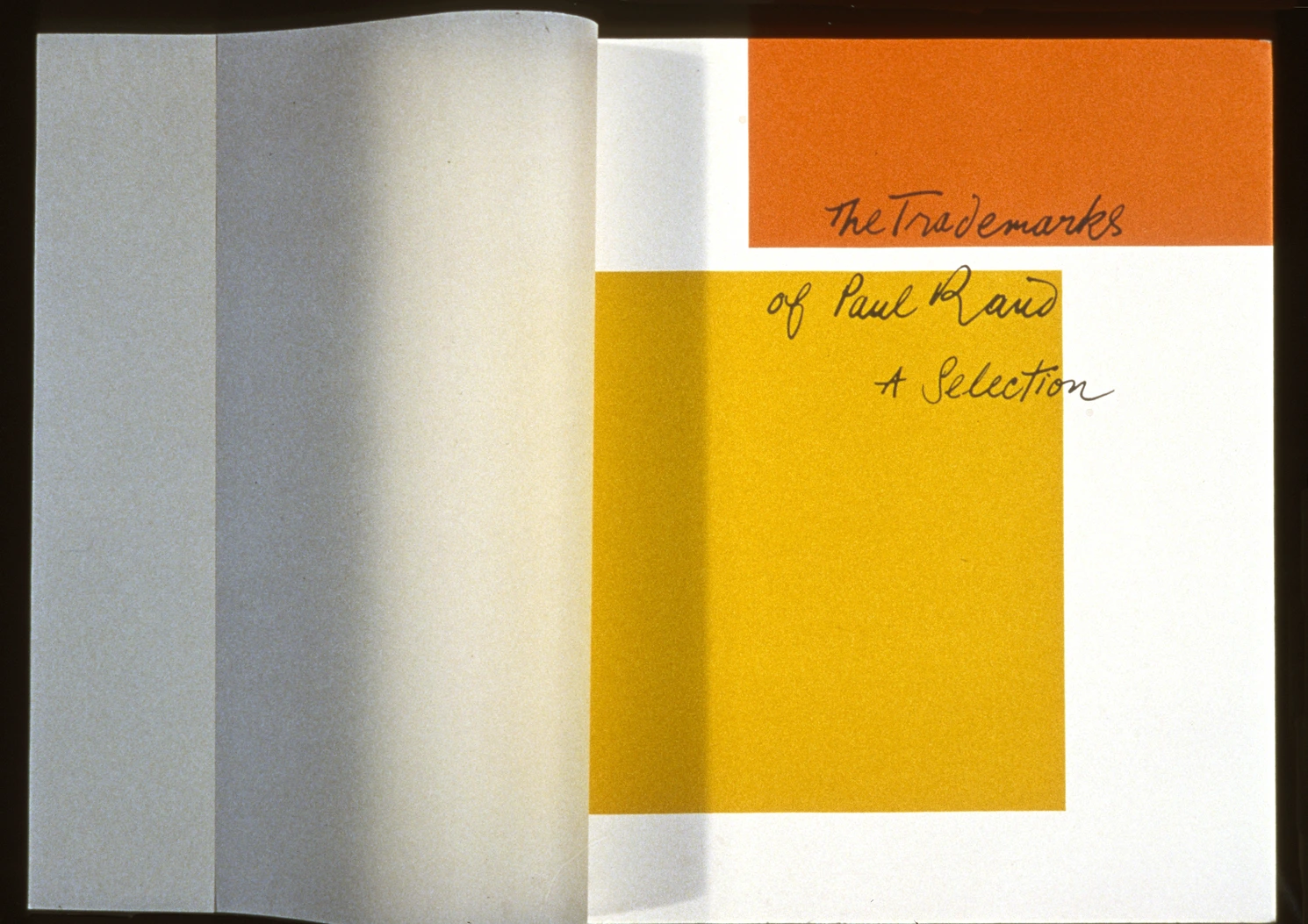
Rand’s design for his own book—’The Trademarks of Paul Rand—A Selection’, 1960. © Type Directors Club.
Design for toddlers
My connection with Paul Rand isn’t direct, but it’s still quite personal. I’ve been looking for children's books for my son. As a designer, I want to educate my kid without forcing him to understand design. I’ve always known that Paul Rand wrote several children's books; to be precise, he illustrated while his wife Ann contributed the writing. Luckily I found all four of them. Books for kids three and under are mostly graphics and pictures. Graphic design also operates through pictures, images and shapes, so even children can approach it in some way.
People usually talk about Paul Rand as an iconic graphic designer, visionary and educator, but how young can his pupils be? Could they be as young as two years old? There are a lot of role models in design, but not all of them can do something for the tiny ones. That's what makes him so special to me.
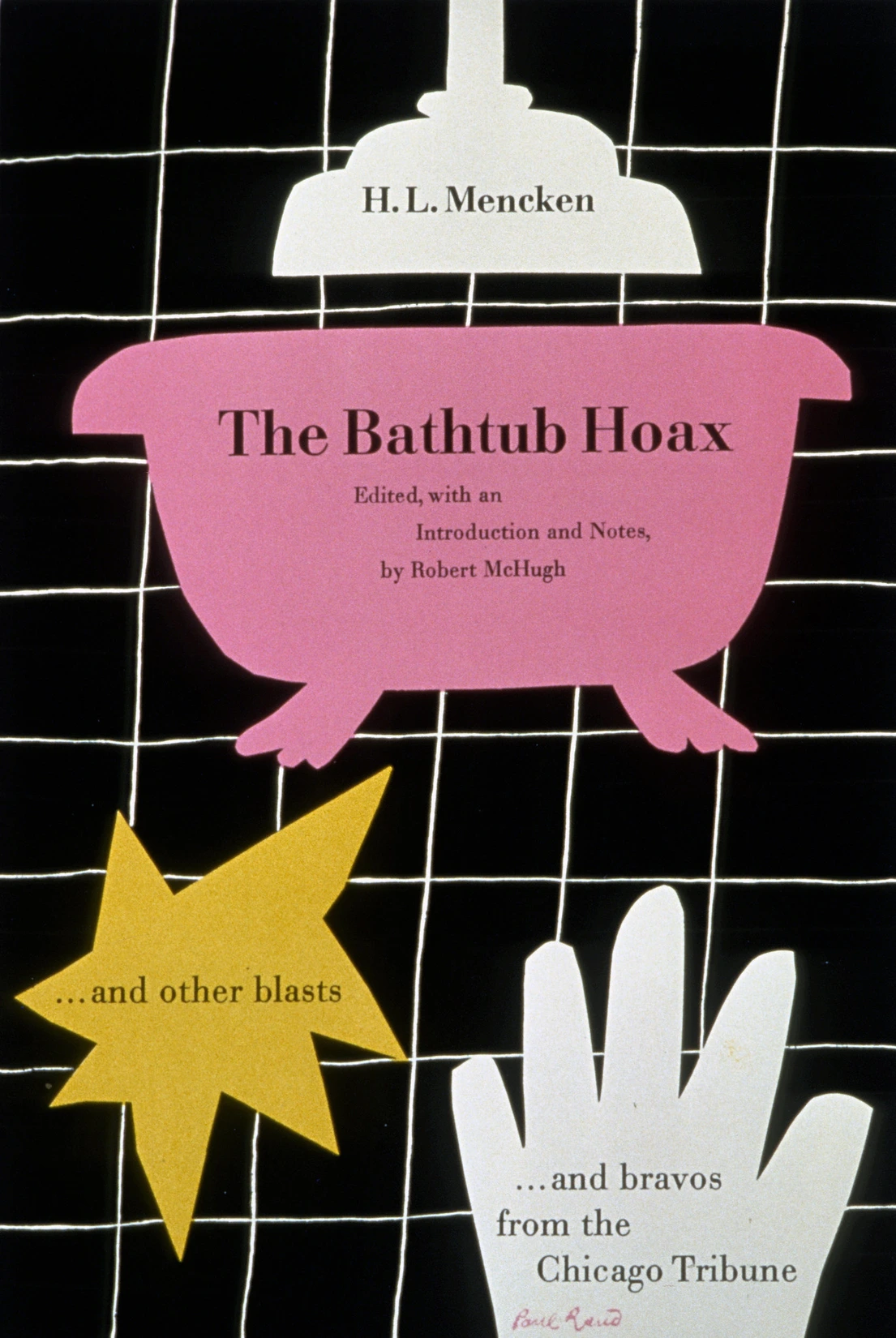
A book cover by Paul Rand. © Type Directors Club.
Simplicity is the byproduct of a good idea
There are several approaches I’ve learned from Paul Rand that I use in my work routine.
He often talked about simplicity not being a goal, but a byproduct of a good idea and modest expectations.
Sometimes people spend a lot of time creating minimalistic effects and stick to that idea simply for the sake of minimalism. It’s not a natural simplicity, it’s something they want their design to be. If it comes naturally, that's great. But simplicity itself isn’t a goal, and you shouldn't make everything simple intentionally.
Ask the unaware
Back in college, I learned a great approach from one Asian designer whose works always felt approachable and touching. He explained that he showed every new design to his mom, who had zero education in the field, and asked whether she understood the concept. If she got it, then the idea would work.
Paul Rand also practiced that trick. When designing the UPS logo, he asked his young daughter what the logo reminded her of. The girl exclaimed that it was a “present”, so he finalized the draft and showed it to the Board.
I always keep in mind that my works will face a broader public that doesn't understand much of the design itself—but if they get the concept, they’ll like it.
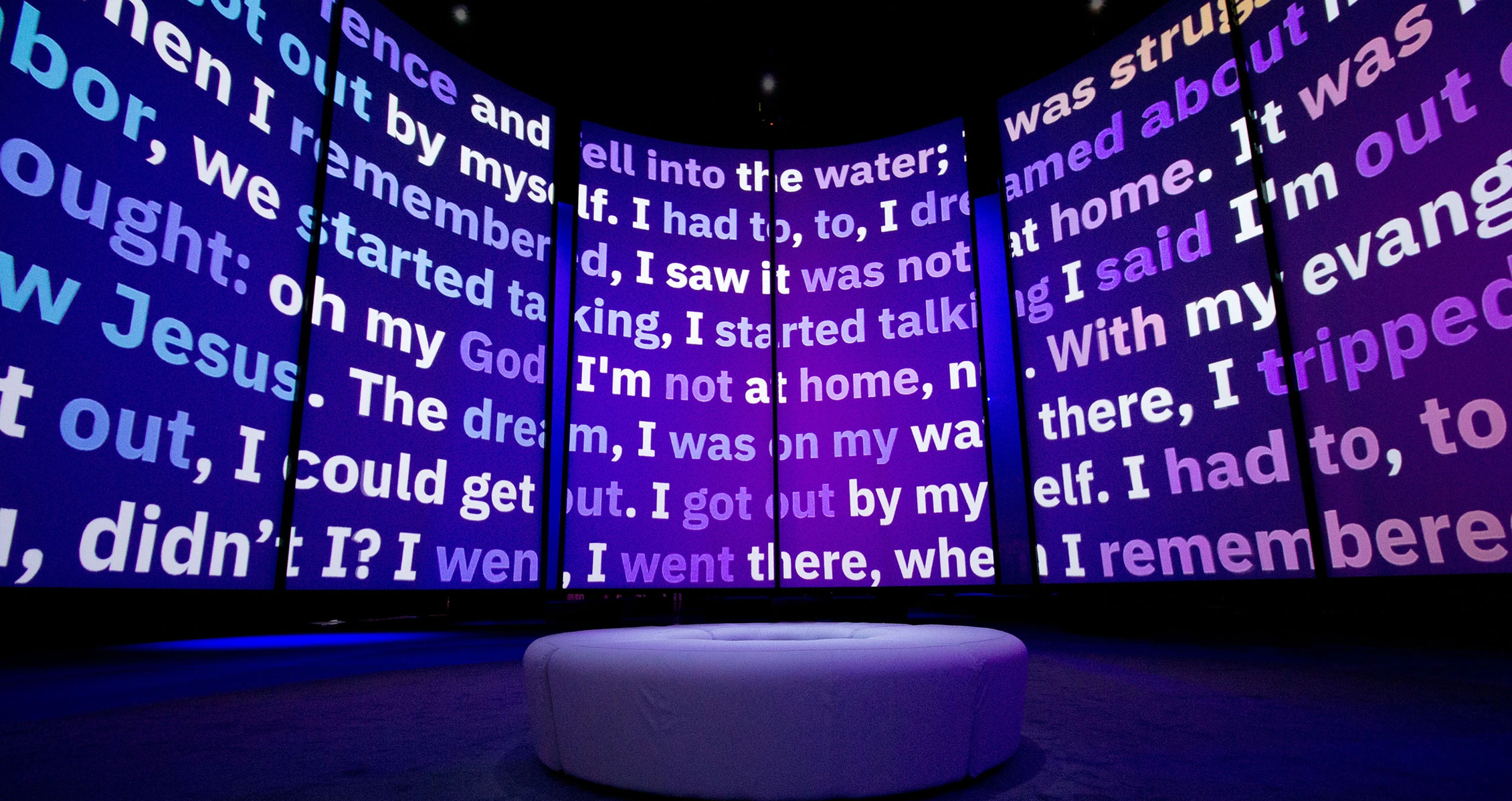
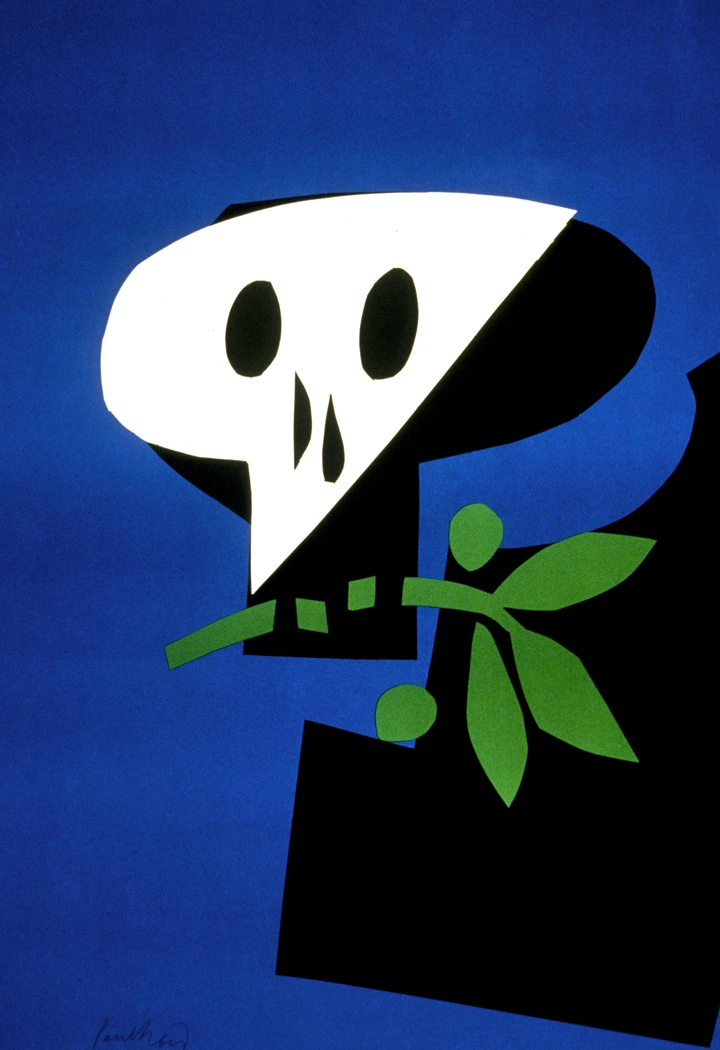
Animated graphics by Qian Sun for the ‘Think’ conference Gallery, 2018. Photo by Qian Sun.
One of Rand’s illustrations. © Type Directors Club.
Belonging is the key
Type Directors Club is an excellent and helpful resource for designers. I learned about their annual competitions when I was studying for a master's degree at the Savannah College of Art and Design in Georgia, USA. Back then I felt like I was missing out on some part of professional actualization because in New York, people have direct access to many useful resources from great design schools. TDC is also based there, so anyone can come to their office and see the inspiring archives they hold.
‘Architype’—Qian Sun’s personal project, which celebrates the architectural exuberance of New York City.
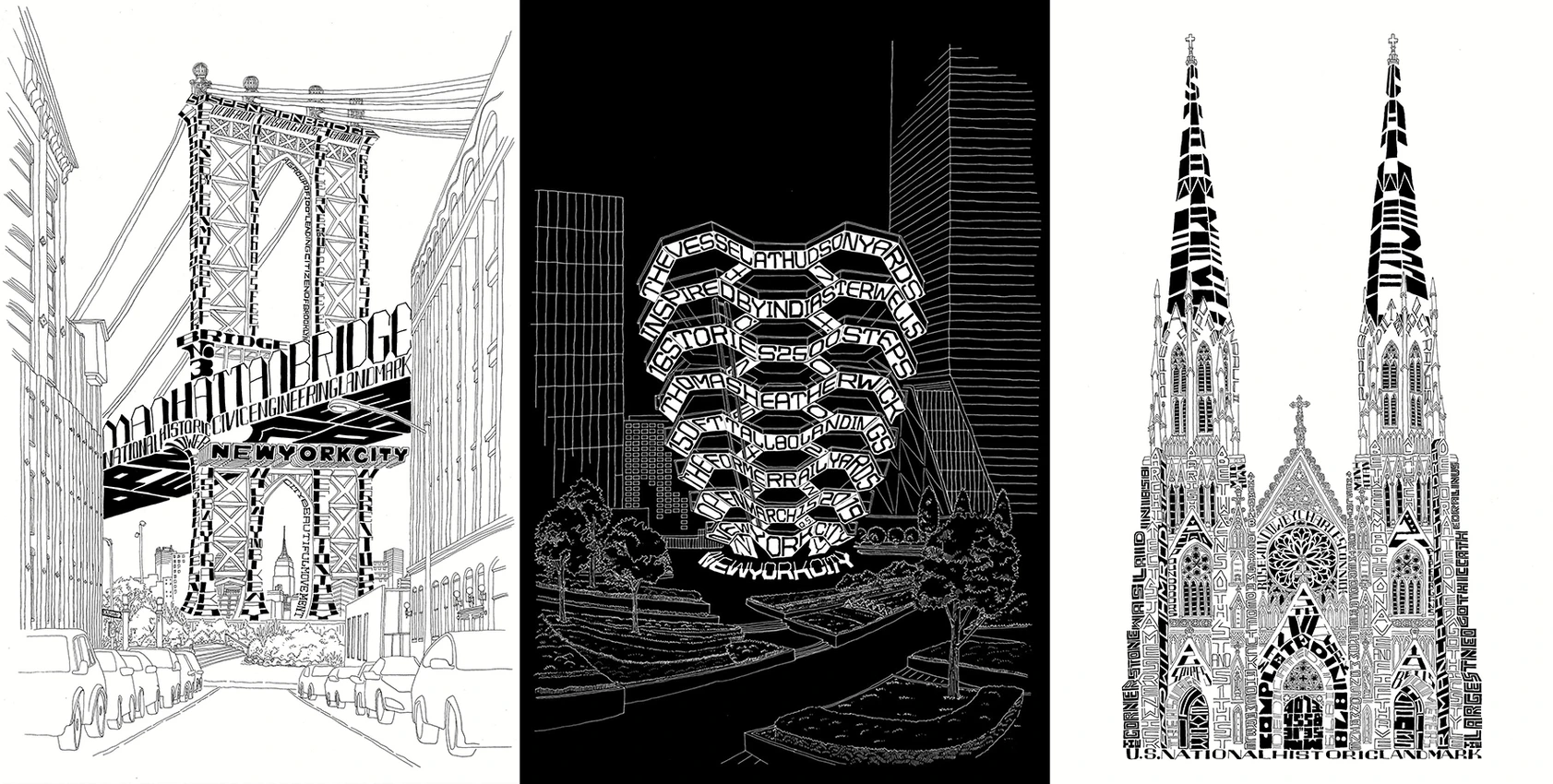
When I moved to New York I didn't have individual pieces to submit for a TDC contest, but the city eventually inspired me to create the ‘Architype’ project, which won the TDC Certificate for Typographic Excellence. It boosted my confidence tenfold and gave me lots of opportunities.
The TDC allows you to easily connect with people—and being part of the community is the biggest benefit. Meeting like-minded professionals from organizations like this can be a game-changer, especially for young or individual designers.
I came from across the globe and felt a bit lost. Sometimes you're not looking for a lot, you only need a couple of sentences to navigate you through the new environment or level up your confidence. And the TDC is great in giving all of that to their longstanding members and new fellows.
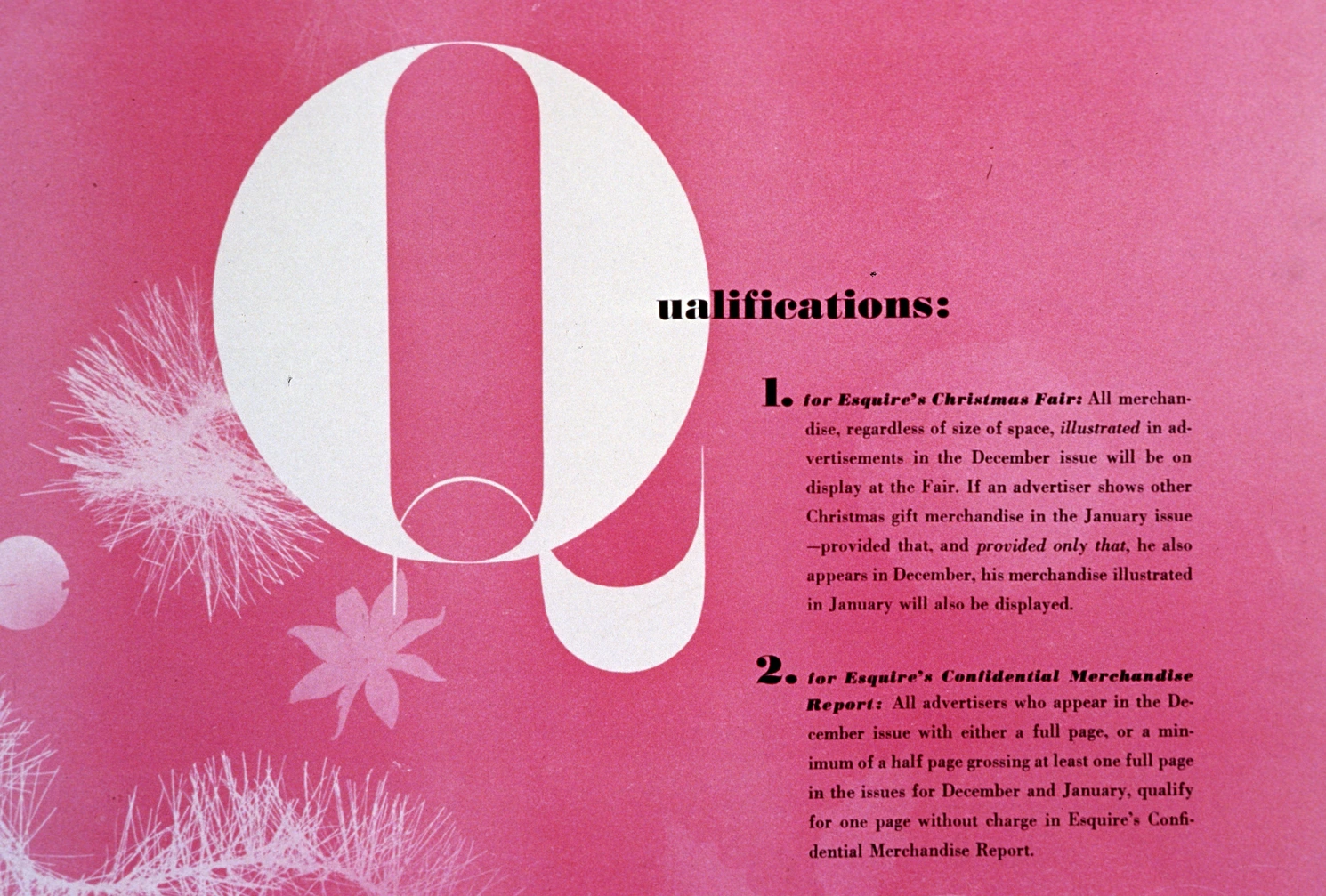
Rand’s editorial design for Esquire magazine. © Type Directors Club.
Navigation by Paul Rand for the Architectural Tour by Cummins in Columbus, Indiana. © Type Directors Club.

Read next:
Illustrating with type
Sven Lindhorst-Emme on Paula Scher’s role in type design